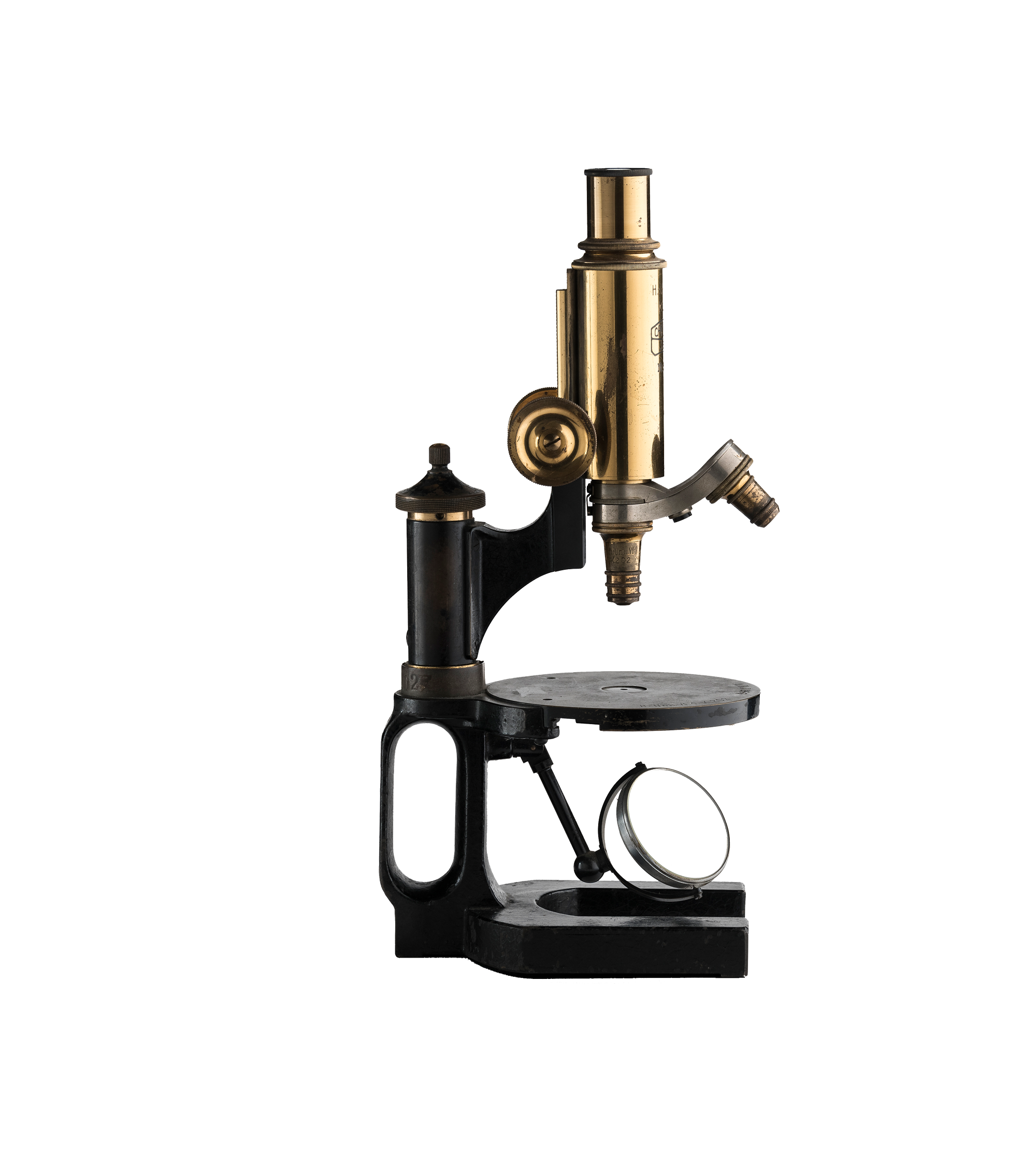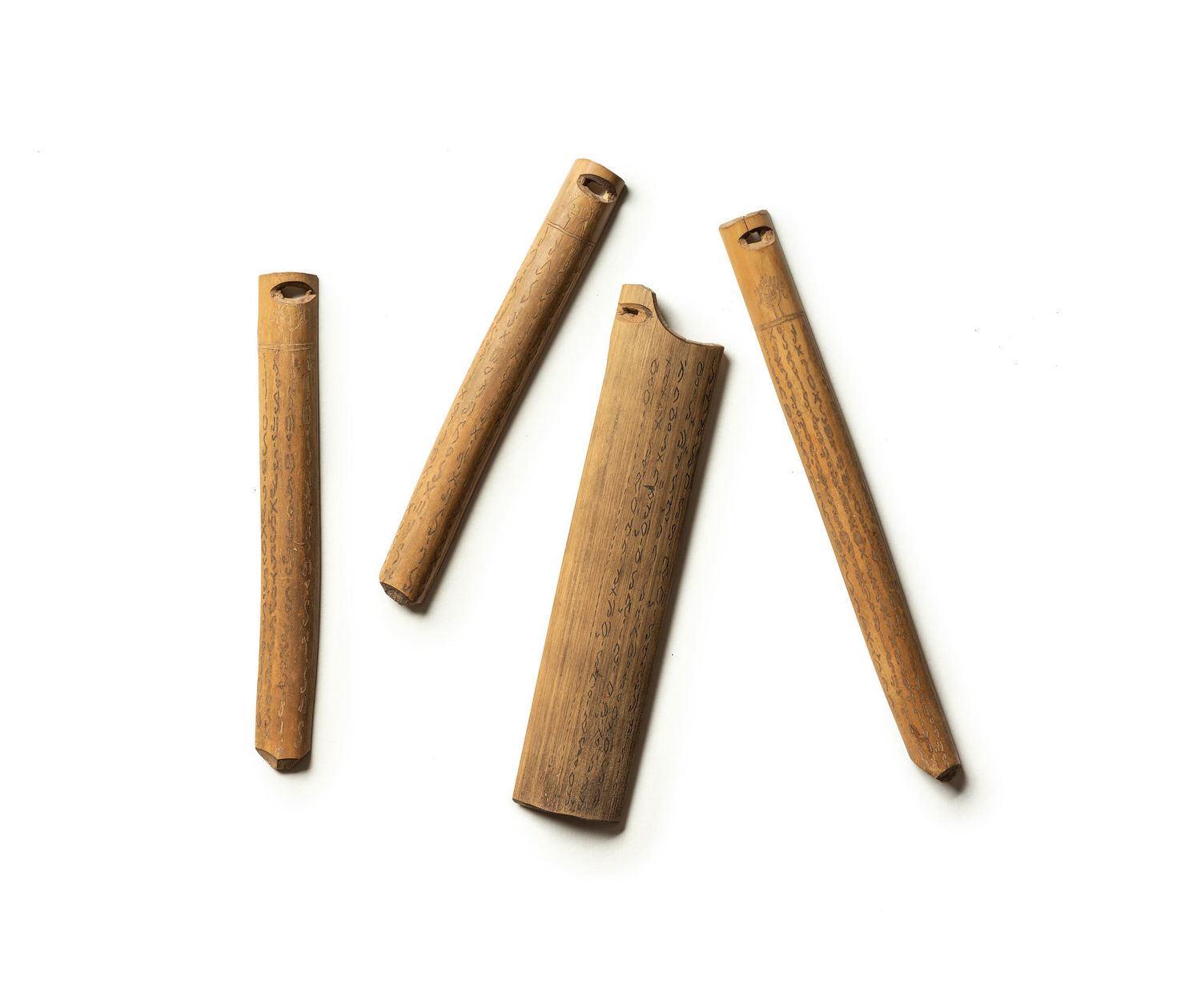Insofar as possible, specimens from our collections may be borrowed for scholarly purposes, instructional events, and exhibitions. Please direct your inquiries in a timely manner with thorough details about the specimens you wish to borrow directly to the department.

Museum Wiesbaden serves as the international information point for the robber fly family (external link). All relevant scientific sources on this one of the largest Diptera families are collected at Museum Wiesbaden by Fritz Geller-Grimm and made accessible online. His own work centers on alpha taxonomy, the compilation of catalogues, identification guides and behavioral study.

With a special focus is on the group gazelles, Dr. Hannes Lerp conducts the research on bovids (Bovidae) at Museum Wiesbaden. He uses molecular-biological and morphological methods to analyze their evolutionary history. His research in cooperation with national and international partners has shown that the genus Gazella likely originated on the Arabian Peninsula and spread from there to Asia and Africa. In the process, different species have evolved, each adapting to the unique conditions of their environment within arid desert and semi-desert habitats. A selection of his publications is available here
(external link).

The ethnological holdings of the Natural History Collections date back to the 19th century and are the focus of Dr. Andy Reymann’s research. These holdings formed as a result of the largely universal curiosity of missionaries, merchants and travelers interested in natural science. In addition to clarifying the provenance and circumstances of acquisition of these objects, ethnological research at Museum Wiesbaden is primarily dedicated to the object-based reconstruction of the realities of life in the past. You can read more about his research here (external link).

Since the origin of life, organisms have left traces of their existence on Earth in the form of skeletons, shells, or imprints. In a word: fossils. Museum Wiesbaden's paleontological collection is one of the most significant collections of Devonian, Tertiary and Quaternary fauna and flora in Germany. They are the focus of Dr. Eric Otto Walliser's research to investigate their paleoclimatic significance. The three-dimensional shape, age, and chemical nature of fossils are studied to reconstruct environmental conditions from these time periods of Earth history. Such information is extremely valuable to modern climate research and advances our knowledge of current climate change.
A selection of his publications is available here (external link).

The Museum conducts research to develop exhibits, to document its collection and to answer public enquiries about the collection. We work with a number of independent research partners and scientists to explore topics of mutual interest and to conduct ongoing research into a variety of themes.
The following are the current research associates:
Dr. Jan Bohatý
Hessian State Office for the Preservation of Historic Monuments and Sites, Paleontology and UNESCO-World Natural Heritage Sites, Wiesbaden
Prof. Dr. Kirsten I. Grimm
Johannes-Gutenberg-Universität, Institute for Geosciences, Mainz, Department of Applied and Analytical Paleontology
Werner Hammer
Wiesbaden
Dr. Martin Hauser
California Department of Food & Agriculture, Plant Pest Diagnostics Branch, Sacramento
Dr. Ulrich Hecker
Mainz
Dr. Doris Heidelberger
Oberursel
Dr. Jutta MacConnell
Johannes Gutenberg University, Institute for Ethnology and African Studies, Mainz
Dr. Inar Natus
Wiesbaden
Dr. Jürgen Rodeland
Mainz
Charles Schouwenburg
Zwartewaal
Christopher Thomas
Frankfurt am Main
Stefan Tischendorf
Darmstadt
Dr. Patrick Zell
Hessian State Office for the Preservation of Historic Monuments and Sites, Paleontology and UNESCO-World Natural Heritage Sites, Wiesbaden
Museum Wiesbaden offers a variety of programs for all ages, from guided tours to workshops for preschools and schools, to teacher training and programs for students, private groups, or families with children.